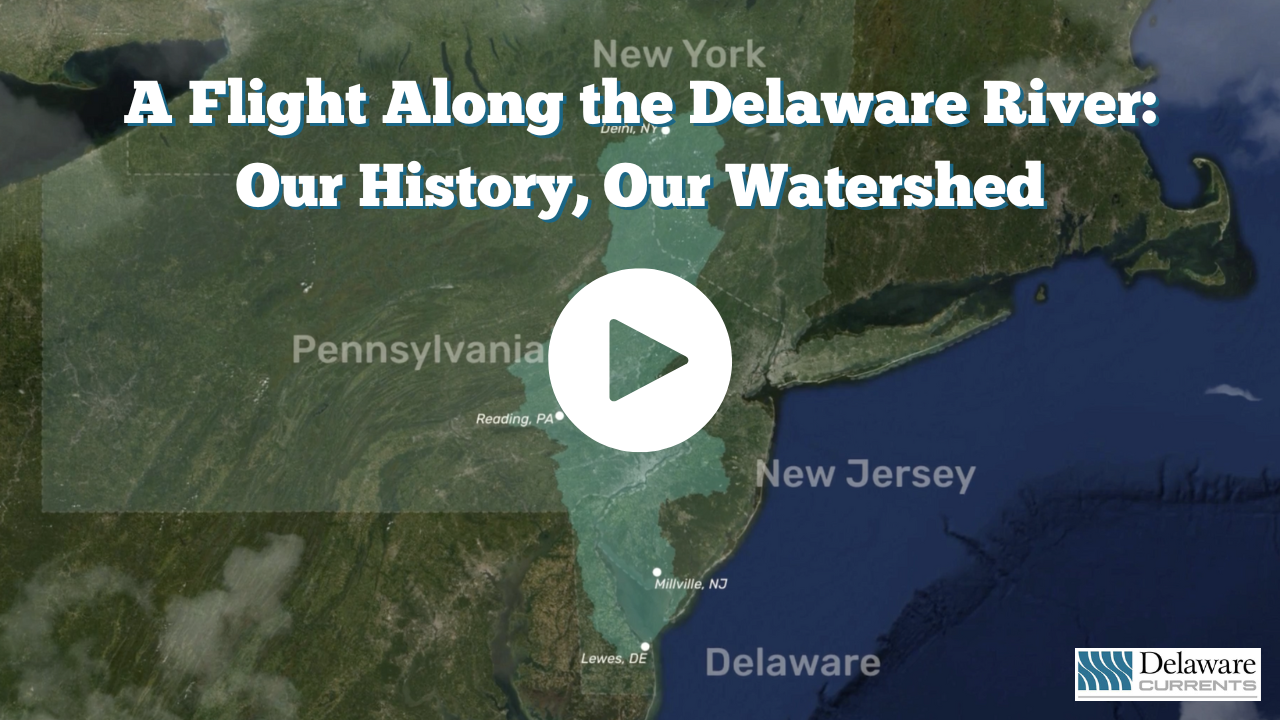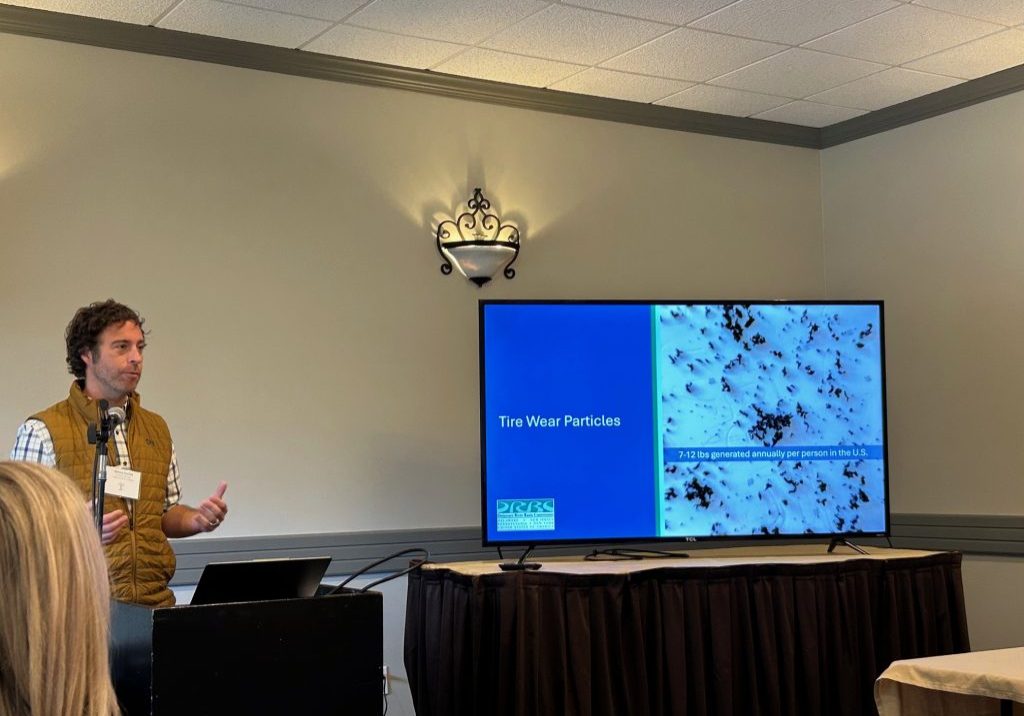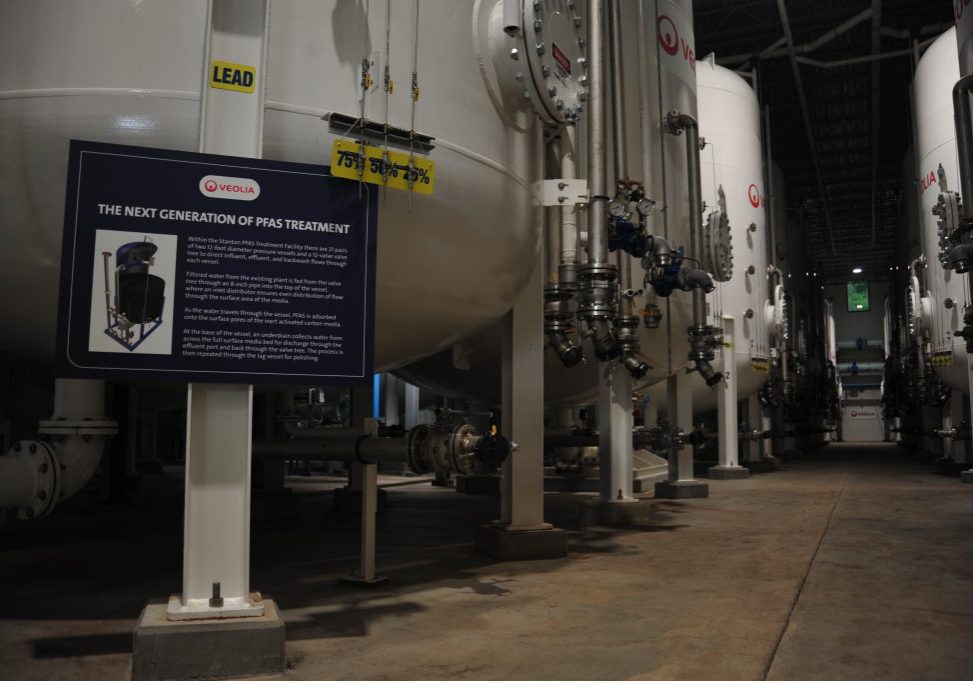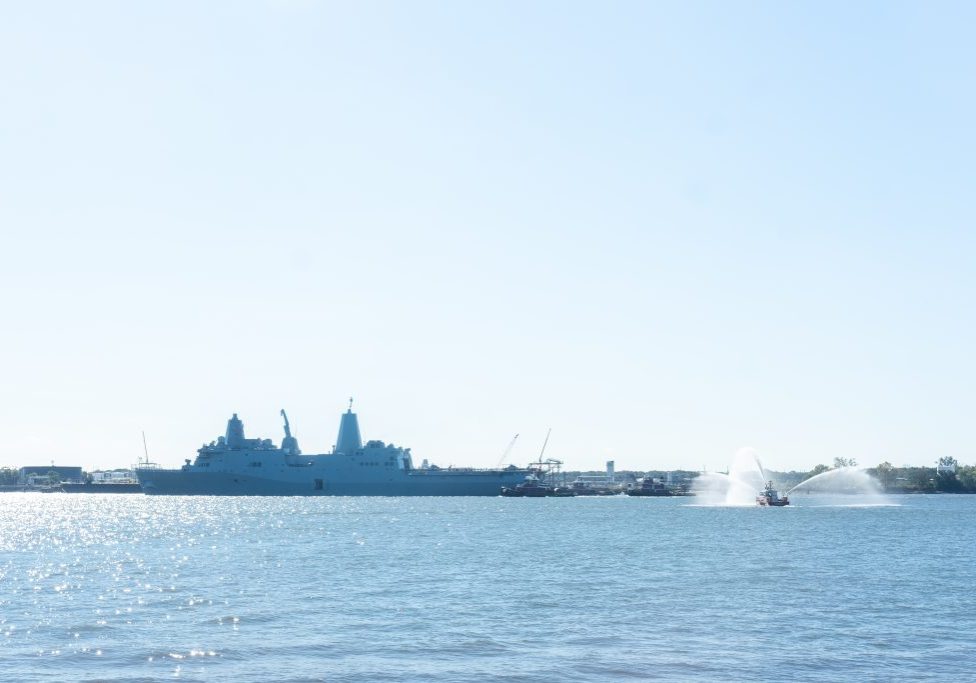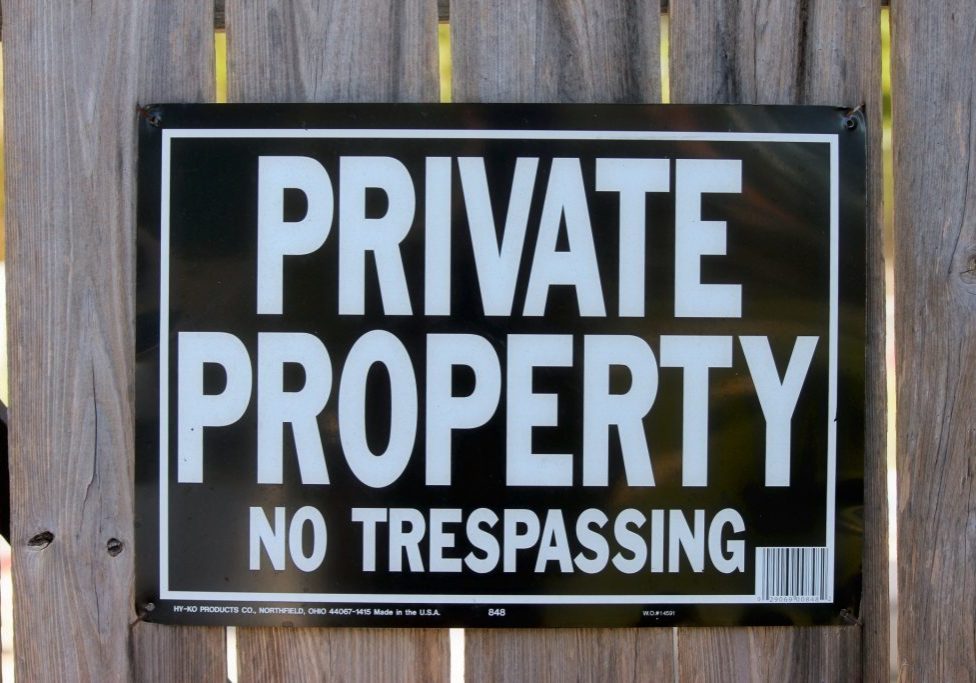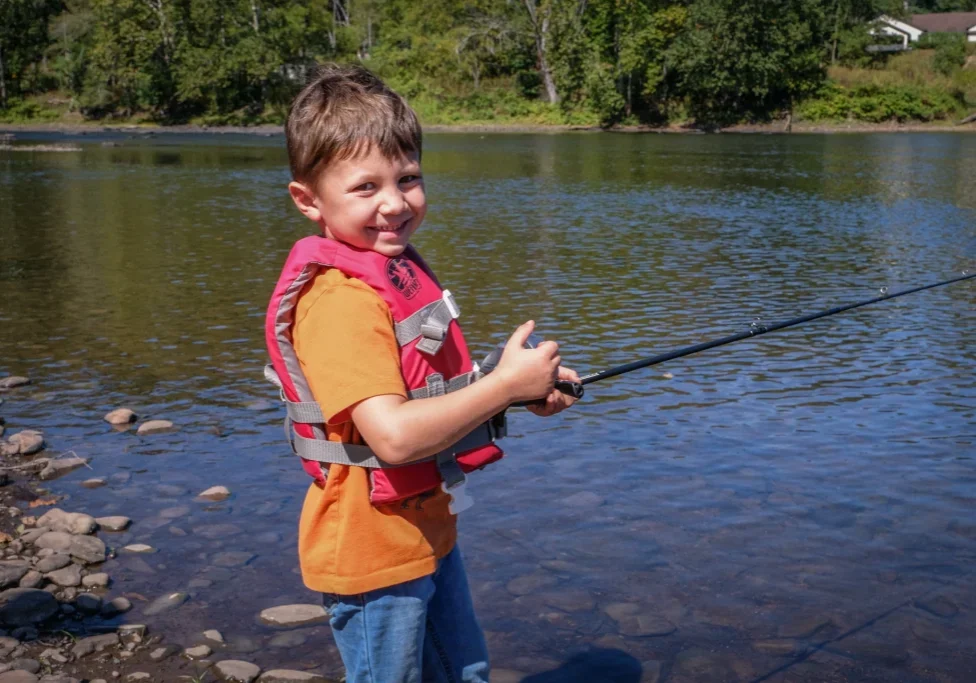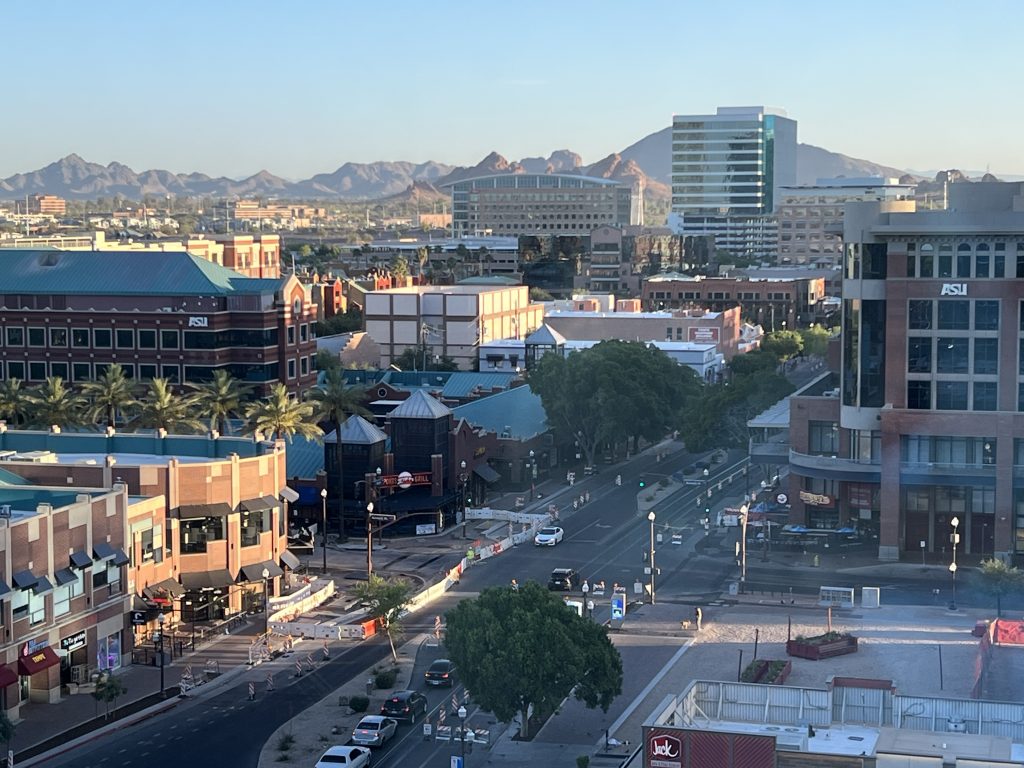
Lack of heat can kill, and so can too much
| May 5, 2025
Editor’s note: This is a version of a FREE newsletter from Delaware Currents, which is delivered to subscribers periodically. If you'd like to get this directly to your inbox, please subscribe.
It takes a visit to the arid Southwest to realize just how lush our watershed is and how lucky we are to live in a water-rich (at least for now) environment.
I’ve just returned from the national conference of the Society of Environmental Journalists, where I serve on the board of directors. The conference was in Tempe, Ariz., where one of the tours offered by SEJ focused on shade and water.
One of the first things you notice in Arizona is a lack of greenery — not much grass, in both lawns and in the wild, nor any of the big beautiful trees we are accustomed to here on the East Coast.
After all, Arizona is a desert environment.
Recognizing that fact, there is a growing interest in “xeriscaping,” which produces green spaces that require low maintenance and irrigation, and promotes biodiversity.
I was stunned to learn that Maricopa County, in southern Arizona, where Phoenix is, is in the middle of an epidemic of “heat-related deaths.” Phoenix is the fifth-largest city in the United States and one of the fastest growing.
“Heat-related deaths” include both deaths where environmental heat directly caused the person to die (“heat-caused deaths”) and deaths where environmental heat was a contributing factor (“heat-contributed deaths”). That comes from a report by three University of Arizona scientists.
The report states: “This is part of a national epidemic, but while the heat-related death rate has roughly doubled in the past 20 years in the country as a whole, it has increased roughly tenfold in Arizona. Arizona’s rates now dwarf other states known for hot weather. For example, Texas broke its record with over 300 heat-related deaths in 2023, yet Maricopa County (Phoenix) had twice as many (645) despite having less than one-sixth the population.”
Wait, what? 645 deaths? And the fact that there were “only” 602 deaths in 2024 was cause for muted celebration.
Phoenix now has an Office of Heat Response and Mitigation, which is focused on shade, from trees and from man-made structures. But there’s a recognition that the steep increase in heat-related deaths has other instigating factors:
“Several factors that increase an individual’s risk of heat-related death have worsened in Arizona in recent years. Unsheltered homelessness — which may expose an individual to 200 to 300 times the risk of heat-related death — has exploded since 2015. Methamphetamine and fentanyl use have both increased. Housing prices have rapidly increased, reaching an all-time high in Arizona, and high costs of living may prevent people from maintaining air-conditioning in their homes.”
That last one — high costs of electricity — can prevent people from turning on the AC, even if they have it.
Anecdotally, one of the journalists at the conference is moving from Phoenix because of the high cost of much-needed AC.
So that’s your travel news for this week. I’d also like to share with you a report about the conference from the Nieman Foundation for Journalism (the primary journalism institution at Harvard University).
Reported by Neel Dhanesha, its title reflects what many of you might be familiar with as readers of this newsletter: “A conference of twin crises.”
I’d also point out that there were a number of students covering the SEJ conference who were published in AZCentral.
Funders were fewer at the conference, and some panelists dropped out. Both funders and academics are nervous about possible repercussions from an energized Trump/Musk machine.
That’s one crisis. And, of course, the other is climate change, an existential threat to life on Earth.
The good news is that the conference was a huge success and a time for many of us to spend time with like-minded souls, which was a balm to the soul!
Thanks for reading.

